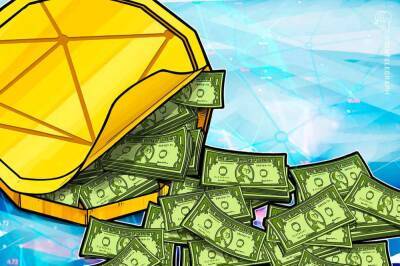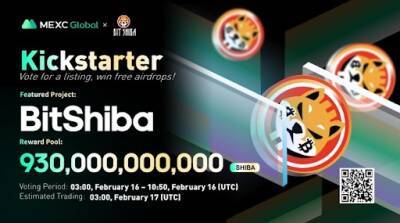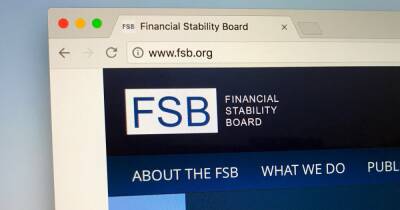Dogecoin Market Cap Hits $2 Billion: Launched as 'Joke Currency'
To many investors and analysts, cryptocurrencies truly stepped over the line when dogecoin was launched as a «joke currency» in 2013. The digital currency is based on a popular meme about a Shiba Inu dog. While most digital currencies offer (or at least purport to offer) some benefit in terms of transaction speed, blockchain usefulness, or practical application, dogecoin appears to simply be an attempt to cash in on the popularity of cryptocurrencies.
As such, some investors have speculated that the fact that dogecoin has not only continued to remain in existence, but that it has also become increasingly popular since its launch, spotlights a cryptocurrency bubble in which speculators will invest in anything and everything out of a sense of investment fervor. (See also: Bitcoin Vs. Litecoin Vs. Dogecoin: Comparing Virtual Currencies.)
On January 7, 2018, dogecoin's market cap soared to more than $2 billion for the very first time, CNBC reported. This took place around the same time that ripple, another popular digital currency, surpassed ethereum to become the second-largest cryptocurrency by market cap, making its co-founders billionaires in the process. (See more: Ripple Execs Are Now Billionaires Thanks to XRP's Success.)
The massive growth in dogecoin mimics (on a smaller scale) the increase in value of many digital currencies over the past year, including bitcoin, ethereum, and others.
But to its detractors, dogecoin is nothing more than a joke. The cryptocurrency was launched in late 2013 as «the internet currency,» according to Vice, with a design that was aimed at creating a community of generous participants rather than a get-rich-quick scheme.
Dogecoin made headlines in 2014 when it was used as a tool to help
Read more on investopedia.com





















